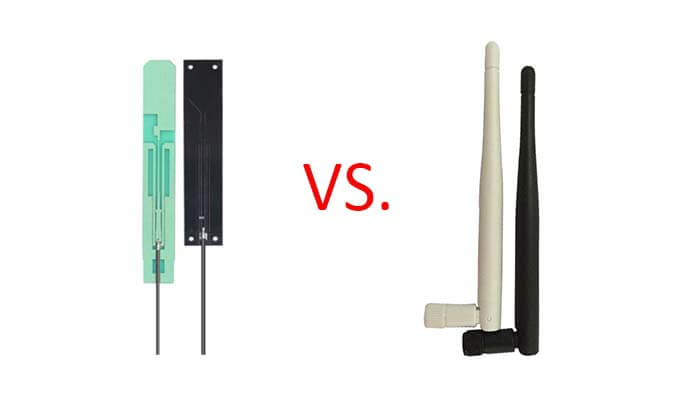After the read of this Internal Antenna VS. External Antenna, you will know:
What is an internal antenna?
What is an external antenna?
Internal antenna vs. external antenna, What are the difference features?
Internal antenna vs. external antenna, What are the advantages and disadvantages of the internal and external antenna?
Internal antenna vs. external antenna, What are the differences between them?
Internal antenna vs. external antenna in wireless transceiver modules, What are the main antennas used?
Internal antenna vs. external antenna, Which signal is better?
Internal antenna vs. external antenna router
Internal antenna vs. external antenna technical requirements
Internal antenna vs. external antenna, how to choose the suitable antenna?
Internal antenna vs. external antenna, what is the difference between the internal and external antenna?
IoT technology and smart devices must be connected to the network to transmit data, and thus all must use antennas.
The antenna converts the high-frequency electromagnetic energy in the transmission into electromagnetic waves in free space or vice versa to convert the electromagnetic waves in free space into high-frequency electromagnetic energy in the transmission line.
In the wireless transmission system, the planning of the antenna is particularly important. Whether the antenna is good or bad directly affects the quality of communication.
After many tests and statistics of the equipment manufacturer’s laboratory, we found that in the same environment, equipped with internal antenna wireless products with external antenna products, there is no big difference in wireless signal strength; the big difference range is only between 1-3%.
And the more blocking, the more complex the environment, and the less obvious the gap. So we can conclude that the antenna is internal, external to the wireless router coverage ability, and the impact is not large.
The use of external antennas invariably increases the fault nodes in the network engineering, and the construction quality of the antenna of the engineering staff defective is also a potential hidden danger.
In the case of high requirements for the shape and size of the node, the external antenna needs to occupy a large piece of volume in the space, which may not be suitable for some applications.
At the same time, the external antenna reduces users’ acceptability in terms of shape, which has a certain impact on the market productization of related achievements.
Compared with the external antenna, the internal antenna has the same performance and better appearance characteristics. It is more robust, so the change from the external to the internal antenna has become an irreversible trend, and the internal antenna has been developing into a more widely used antenna.
What is an internal antenna?
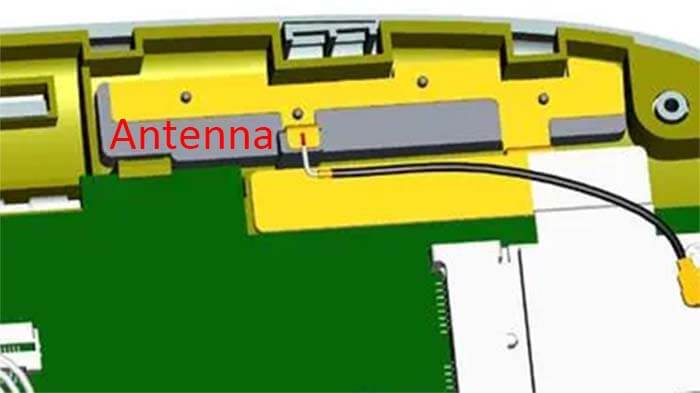
Internal antennas are located inside the device and are usually not visible to the user. The internal antenna is the device and antenna in one, and the antenna is inside the device. The appearance of this kind of device is generally smaller, but it more or less affects the signal reception.
What is an external antenna?

The external antenna is the device and antenna separate, the device consists of the host, signal line, and power line, this type of equipment is because the signal line is external, can be placed closer to the peripheral range of the sky, so the signal and stability will be much better, the accuracy will also be better. remote location.
Internal antenna vs. external antenna, What are the big difference?
The difference between internal and external antenna is mainly the mounting location, whether the antenna is used inside of the terminal or outside. The internal antenna is built into the device. The external antenna can be mounted in a remote location.
Internal antenna vs. external antenna, What are the difference features?
The main characteristics of the external antenna and internal antenna are as follows.
External antenna’s features
High-gain by environmental hazards can be done as standard products, save the development progress from occupying indoor space, and harm the beauty of goods.
Internal antenna’s features
Relatively high gain, perfect processing technology, good consistency of product delivery, internal in the machine and equipment, beautiful and elegant, no need to do three independent protection by the surrounding environment, generally must be custom-made with the product itself.
The design of the internal antenna not only faces the size limitation but, more importantly, the performance challenge.
The antenna is placed inside the device, and there are mechanical design problems, the way the antenna is connected to the device shell, the way the antenna feed point is in contact with the PCB board, and the design of the internal antenna itself.
The internal antenna is installed inside the device, has mechanical rigidity, is not easily damaged, has excellent mechanical performance, does not need to consider the uneven quality of the antenna, and reduces the network hidden trouble. The equipment antenna is highly integrated to guarantee the flawless operation of the equipment.
The internal antenna has replaced the external antenna, and most of the initial concerns about the performance of the internal antenna are now gone. In terms of antenna efficiency, a key electrical parameter, a well-designed internal antenna can provide the same performance as an external antenna.
Compared with the external antenna, the internal antenna has the same performance, better appearance characteristics, and more consolidation, so the change from the external to the internal antenna has become irreversible.
Internal antenna vs. external antenna, What are the advantages and disadvantages of the internal and external antenna?
The advantage of an internal antenna is beautiful, but the disadvantage is not enough sensitivity, in remote places may not have the ability to receive radio stations as high as an external antenna; this is the advantage of an external antenna, but some people also like external antenna’s beautiful.
Internal antenna vs. external antenna, What are the differences between them?
The difference between an internal and external antenna is mainly three points.
- External antenna appeared earlier, hidden internal antenna more beautiful
Early wireless router antenna was the external antenna, and with the development of technology, the hidden antenna was gradually popular because the antenna is internally hidden. Hence, the router became more generous and beautiful.
- External antenna angle can be adjusted, and hidden internal antenna without adjustment
The external antenna may influence the signal if placed at different angles; while the hidden antenna has been optimized for adjustment before the factory, users can use it directly.
- The external antenna is easier to make, while the internal antenna is relatively more difficult to make
An external antenna is easier to make if it encounters a complex scene, and there are more solutions; an internal antenna should consider the space and antenna performance optimization design, the production is relatively difficult, and the technical ability of the manufacturer is also higher.
Internal antenna vs. external antenna in wireless transceiver modules, What are the main antennas used?
What are the main internal antennas and external antennas of wireless transceiver modules?
The antenna is very important for wireless transceiver modules. Its gain effect can effectively improve the communication distance and quality of the wireless transceiver module, so the choice of antenna is also very important. There are many antennas, divided into the internal and external antenna, followed by spring, FPC, PCB, rubber duck, and magnetic mount antenna.
How to distinguish the internal antenna and external antenna of wireless transceiver modules?
The internal antenna of the wireless transceiver module
The internal antenna is usually soldered directly to the wireless transceiver module and then embedded in the device with the wireless transceiver module.
The appearance of this type of device is generally less, but it will affect the signal reception to a certain extent (usually does not affect the use of the device).
It is more suitable for closed places or applications where external antennas cannot be connected.
The external antenna of the wireless transceiver module
The external antenna is generally connected to the wireless transceiver module through a metal probe or signal extension cable and is not directly welded to the device. The external antenna’s signal gain will be better than the internal antenna’s. The external antenna can be installed in the sky.
The internal antenna of the wireless transceiver module is mainly small, so the general internal antenna includes a spring antenna, FPC antenna, etc.
The external antennas of the wireless transceiver modules do not have too high requirements for size. They are mainly rubber duck antenna, magnetic antenna, and Yagi antenna.
Finally, the wireless transceiver module should choose the antenna according to the actual project situation. Using an internal and external antenna is not absolute, and the actual applications should be the final choice.
The antenna is one of the indispensable accessories for wireless transceiver modules. Choosing the right antenna can be of great help to the project.
Internal antenna vs. external antenna, Which signal is better?
Internal antenna vs. external antenna, is internal or external antenna better?
It is one-sided to judge the signal as good or bad only by the external or internal antenna. In recent years, many test studies have shown that the routing signal strength of the internal antenna is not inferior to the external antenna in the same environment and is beautiful and space-saving.
In fact, you can refer to the cell phone about whether the internal antenna will affect the signal. In the past, the antenna of mobile phones was also external, but now the antenna of cell phones is invisible.
The antenna has been changed from external to internal. The internal antenna does not affect our daily reception of signals and calls. Besides cell phones, TV sets are also an example. From the current trend, the internal antenna will gradually replace the external antenna as the mainstream.
Whether the antenna is external or internal, they are just a wireless communication antenna design scheme, which has nothing to do with signal strength.
Internal antenna vs. external antenna router

Wireless router antenna internal and external performance how much difference can be?
First, the transmitter’s signal strength is fixed according to the national standard and generally shall not exceed 100mW, which is 20dBm (2.4GHz band).
Under the current technical conditions, the same level of wireless router, and not simply because of the antenna internal or external, the signal and there is a big difference.
Internal antenna vs. external antenna router, What is the difference between internal and external antenna wireless routers?
- External antenna than the internal antenna development time is longer, but the internal antenna is more simple and beautiful
Early wireless router antennas were external. With the development of technology in recent years, the internal antenna began to become gradually popular.
At present, all mainstream manufacturers have launched an internal antenna router. Due to the internal antenna, the router becomes more concise, beautiful, and placed at home more like art.
- External antenna angle can be adjusted, internal antenna without adjustment
External antennas greatly impact the performance of different placements; if placed properly, they can improve the Wi-Fi signal to some extent at certain angles.
However, improper placement often sacrifices router performance and increases the user’s operational burden.
The internal antenna is designed for debugging the optimal placement by default without user adjustment.
- The external antenna is easier to achieve, but the internal antenna is relatively more difficult
An external antenna is easier to do if you encounter complex scenarios and environments; there are more solutions, easier to achieve.
Internal antennas to consider the optimal space and antenna performance is relatively difficult to achieve, and the manufacturer’s ability requirements are also higher.
If the home Internet devices, such as cell phones, computers do not support the 11ac protocol.
Even if the router supports it, the cell phone still communicates on 11a/b/g/n and cannot enjoy the high-speed Internet speed of 11ac.
Of course, our cell phones are rapidly changing, and routers may be used for many years, so it is desirable to have a better router in advance.
Internal antenna vs. external antenna technical requirements
About internal and external antenna and internal antenna technical requirements
The antenna is divided into internal and external; external mainly uses spiral or PCB; a spiral antenna generally has better bandwidth and is also more commonly used; a PCB antenna is easier to adjust the frequency and easy to design.
Internal antenna, mainly PIFA and MONOPOLE antenna. PIFA structure has slot antenna, G antenna, etc., generally used G antenna.
Monopole antenna is very efficient; the parasitic generally generates slot antenna in the high and low frequency.
Because the antenna requires 1/4 wavelength, in this structure, the length of the slot between the transmitting pieces will approximate 1/4 wavelength, thus producing the resonance point; G antenna is generally divided into two pieces, basically independent of each other, one side produces low frequency, and the other side is high frequency. The frequency can be changed by controlling the length of the transmitting piece.
Internal antenna technical requirements
Internal antenna material is beryllium copper, stainless steel, and other materials; the specific support depends on the structure. Beryllium copper (outside gold-plated) antenna has better RF performance, but the price is slightly higher than stainless steel material.
Internal antenna performance ensures the structure requirements are more stringent; the basic requirements are as follows. Otherwise, the antenna performance will be more affected, and the specific degree of impact depends on the type of antenna.
It is generally believed that the PIFA antenna is large and performs well; the slide cover machine must use such an antenna for design. Specific requirements are as follows.
- The height of PIFA should be not less than 6.5mm.
- The LCM connector should be laid out on the keyboard side of the motherboard.
- The antenna’s width should be less than 20mm.
- The lead impedance from the RF test port to the antenna feed point is kept at 50 ohms.
- The PIFA antenna near the device should be as good as possible shielding; 6.
- The pad of the feed point should be not less than 2mm * 3mm;
- The feed point solder pad (pad) should be at the top and side.
- If the test seat layout has difficulties, it can also be placed in the antenna area.
- The antenna area can be properly opened with some positioning holes.
- No motor, SPEAKER, RECEIVER, or other large metal objects within 7mm around the internal antenna.
MONOPOLAR antenna volume is slightly smaller, performs poorly, and is generally not recommended. Specific requirements are as follows.
- There should be no motor, SPEAKER, RECEIVER, or other large metal objects within 7mm around the internal antenna.
- The antenna’s width should be less than 15m.
- The internal antenna near the structural parts (surface) does not spray paint and other conductive substances.
- Do not do the plating process near the antenna area of the phone, and avoid designing decorative metal parts, etc.
- The internal antenna can’t be overlapped with FPC, and the distance between the edges is more than 7mm.
- The distance between the internal antenna and the cell phone battery should be more than 5mm.
In fact, for MONOPOLE antenna, as long as the space is enough, its performance can still improve, and its efficiency can be up to 70% more.
The key problem is that the antenna can’t have ground underneath; its performance is greatly reduced when there is ground. The current PIFA, MONO antenna. Some cell phone manufacturers don’t want to increase the matching circuit or modify their BOM single, so this is also a challenge to the cell phone designer. Especially for DUAL-BAND, TRI-BAND is quite difficult.
In the design of PIFA, the speaker and oscillator position can be placed directly below the antenna; for the speaker, the shorter the height, the better. The smaller the size and diameter, the better; Shrapnel contact is better than line contact, in addition in the design of the antenna shape, we can also try to reduce the antenna and speaker coupling; the impact on the antenna performance basically can not suffer too much The impact on the antenna performance is not affected by too much.
At present, do 3 band antenna products more, PIFA or FMA, or should be mainly determined by the design of the phone itself and the size of the antenna, and the design of the antenna, on the successful cell phone antenna project?
- Antenna height in 4-6mm efficiency can have more than 20%, for some special projects can also be used.
- Antenna width can be about 10mm; PIFA and FMA can be done.
- The feed point solder plate is in the middle of the PCB, and the distance between the ground feed point is near and far, near 1mm, the far 6-7mm.
- Internal antenna below the interference is also a lot of things, which also raises the difficulty of antenna design.
In addition, using a single feed point antenna is not recommended; the current market uses this form of cell phone antenna using a small area, low height requirements, and slightly better performance than PIFA.
Internal antenna vs. external antenna, how to choose a suitable antenna?
The antenna is a device that radiates RF signal from a coaxial cable to the air or receives it from the air to the coaxial cable; it converts the guided wave spread on the coaxial cable to the radio wave spread in the unbounded media or carries out the conversion in the opposite direction. If you choose the wrong one, you will not get the proper function and even burn out the module in serious cases.
For the antenna design program, a wireless network used in the frequency radio system software to receive and send equipment, antenna design program, and selection is a key part in which the excellent antenna system software can make the communication spacing to achieve the best situation, the same kind of antenna size and RF signal light wavelength positive correlation, the lower the frequency of the data signal, the larger the antenna required.
The smaller the indoor space, the more frequency bands, and the more complicated the antenna design scheme; the external antenna is generally all standard substances, purchase the required frequency band antenna will be able to apply without adjustment.
Such as courier boxes, vending machines, and widely used magnetic base external mount antennas. This antenna can not be placed inside the tin file cabinet; the metal material will shield the antenna data signal only to the outside.
Two basic antenna types of external antennas
External antenna from the radiation source field perspective orientation is not the same and can be divided into the omnidirectional and directional antenna.
What is an omnidirectional antenna?
Omni-directional antennas in the level direction diagram, mainly for 360 ° are constant radiation sources, that is, usually often said no specialty; in the vertical direction diagram, mainly for a certain total width of the beam, the general condition is the smaller the total width of the wave flap, the greater the gain.
The external omnidirectional antenna key contains magnetic base mount fiberglass antennas, Omni pole-mount fiberglass antennas, and rubber duck antennas.
What is a directional antenna?
Directional antenna means in a certain or a good number of special positions to send and receive radio waves especially strong, and in other positions to send and receive radio waves are zero or very small.
The purpose of the selected directional transmitting antenna is to enhance the reasonable use of radiation strength and improve security; the key purpose of the selected fixed receiving antenna is to improve the receiving sensitivity to enhance anti-interference.
The external directional antenna key contains a panel antenna, yagi antenna, and log-periodic antenna.
External omnidirectional antenna types
Magnetic base mount fiberglass antenna

The glass fiber antenna gain is relatively high; the larger characteristic contains a strong magnet base; installing fixed immobile is very convenient, but the magnetic base mount fiberglass antenna must be mounted on the metal surface.
In wireless modules, a magnetic base mount fiberglass antenna is often used to enhance the communication spacing of wireless modules, such as wireless smart meter reading, vending machines, express boxes, car radios, etc.
Copper rod magnetic antenna
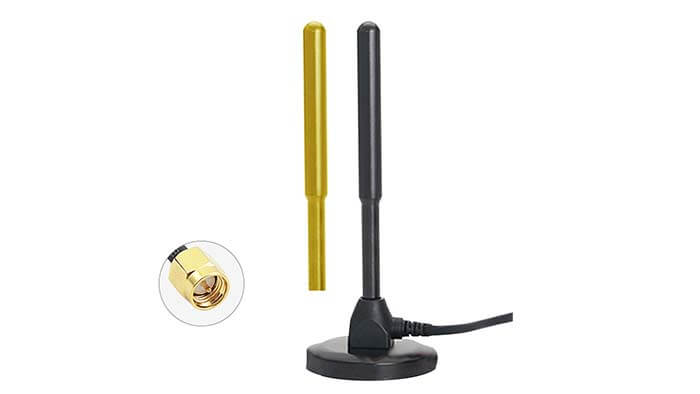
Similar to the general magnetic base mount fiberglass antenna, the advantage of the magnetic base mount fiberglass antenna depends on selecting a large diameter of the all-copper radiation body. Its ohmic loss is small, and the high antenna efficiency and network bandwidth coverage are wide.
Copper rod magnetic antenna applies to the performance provisions of the relatively high number of transmission radios, medium-level spacing of the map, etc.
Rubber duck antenna

Rubber duck antenna is the most common external antenna; its gain is moderate, the price is relatively low, and it is common in the wireless communication control module, wireless routers, digital transmission radios, etc.
Based on the installation of indoor space regulations to select suitable specifications size of the antenna, select antenna specifications and gain have a relationship; in general, the same frequency band length the longer, the higher the gain.
Weather-proof FRP antenna
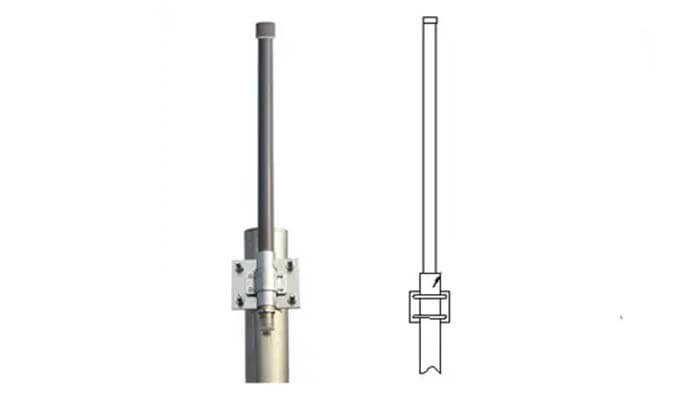
In the omnidirectional antenna, glass fiber antenna anticorrosion performance is mainly more excellent;
Its core is all copper oscillator, choose balanced explosion-proof switch, by environmental hazards small;
The fiberglass antenna housing chooses high-quality glass steel anticorrosion, has very good three anti-corrosion characteristics, to the extreme geographical environment into good. Especially suitable for the ultra-long-distance gateway IP data signal masking, image transmission, etc.
External directional antenna types
Generally used for long communication distances, the data signal coverage area is small, the overall target density of the natural environment, and extreme instances for point-to-point long-distance communication.
Panel antenna
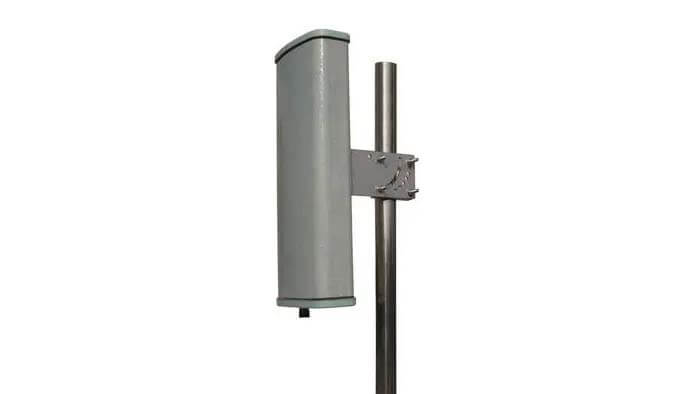
Panel antenna is a High efficiency, light, and small volume installation convenience that can both gain and radiation source area sector antenna. Available in the room, tunnel construction within the network signal masking, medium horizontal spacing data signal transmission, map transmission and data signal over the wall, etc.
Yagi antenna

Yagi antenna has a very high gain, slightly larger volume, strong specificity, must pay attention to the antenna’s orientation when applied, can be used for ultra-long distance data signal transmission, map transmission and direction finding, etc.
Log-periodic antenna
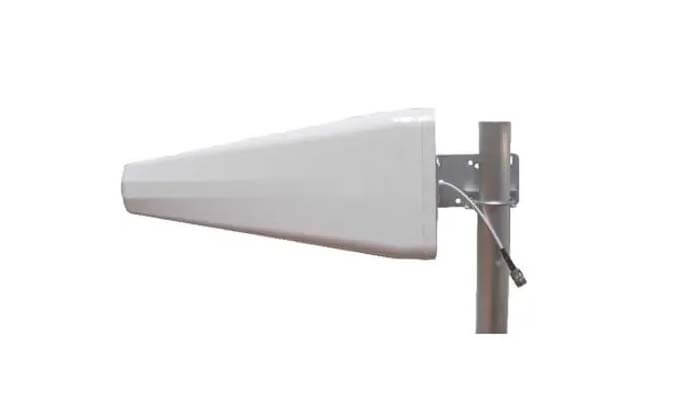
The log-periodic antenna is an ultra-broadband antenna, with a network bandwidth cover very wide, network bandwidth can reach 10:1, commonly used in data signal becomes large, room all over, and elevator car data signal cover.
The basic antenna types of internal antenna
The internal antenna key is the antenna that can be placed inside the machine and equipment collectively. The internal antenna key contains an FPC antenna, PCB antenna, spring antenna, ceramic antenna, the laser immediately forming technology (LDS) antenna, and hardware metal sheet antenna.
Machine equipment to select the appropriate antenna, first according to the product structure clearly using a built-in or external antenna, and then clear machine equipment data signal coverage area, data signal coverage direction by the antenna radiation source direction map decision, according to the antenna radiation source direction, the antenna is divided into an omnidirectional antenna and directional antenna.
How to choose the right internal antenna?
The shape of the internal antenna can be divided into FPC/PCB/spring/ceramice/metalsheet/laser immediate forming technology (LDS) and other types. At this stage, the PCB antenna is generally selected more often.
In the case of high-cost management and general performance regulations, the spring LDS antenna is selected, and the available internal antenna is subject to environmental hazards. It must be custom designed or matched with resistance.
FPC antenna
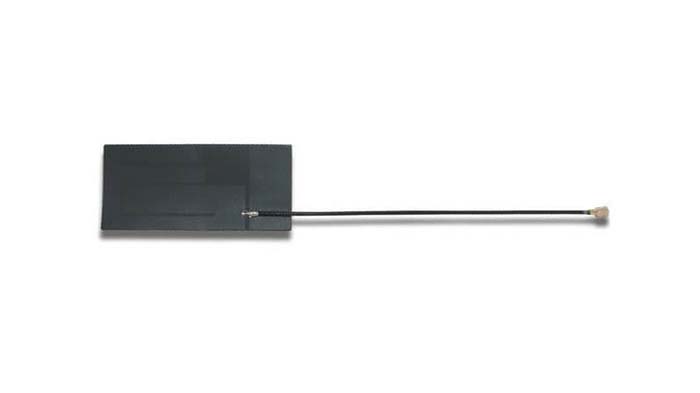
FPC antenna has excellent cost performance, after oil pump can match with various appearance shades; good flexibility of commodity can meet the standard curved surface extremely; perfect and smooth processing technology, fast production cycle, good delivery in large quantity; suitable for antenna design scheme of widescreen with intelligent products with high-performance regulations.
PCB antenna
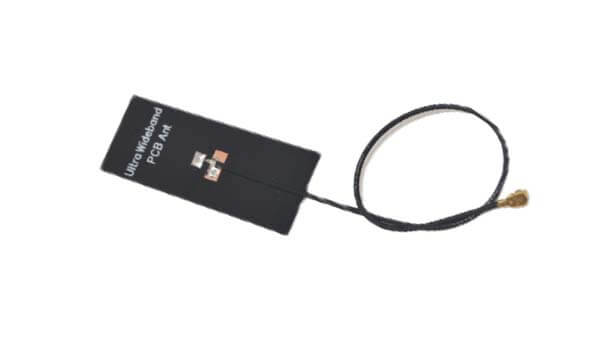
PCB antenna and FPC antenna have bigger differences. FPC has very good softness; the PCB antenna is a hardboard; in structural installation, if it must bend and its curved surface, then pick the FPC antenna; if it is a plane figure can pick the PCB antenna, then FPC for installation.
Spring antenna
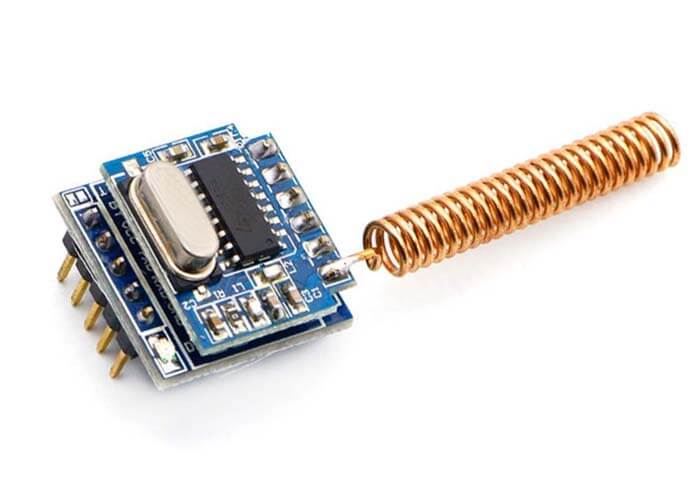
Spring antenna’s bigger characteristic is low price, but low gain, and bandwidth, inside the commodity, usually must adjust the antenna pair.
Ceramic Patch Antenna
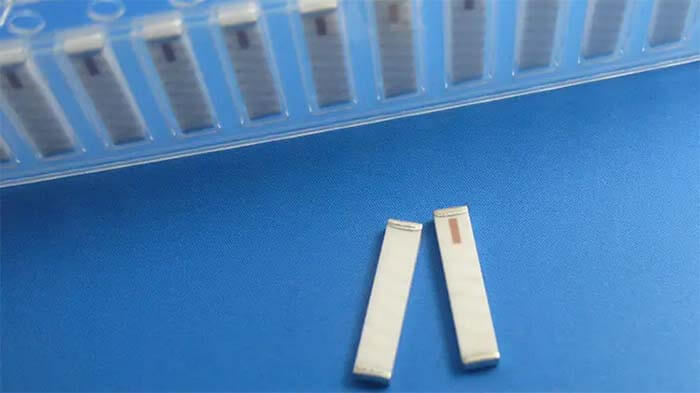
Ceramic patch antenna occupies little indoor space and has better performance; bandwidth, more difficult to ensure multi-frequency band; reasonably enhances the integration of computer motherboard and can reduce the antenna’s limitation on ID; must be introduced into the design scheme at the beginning of the definition of the computer motherboard.
LDS antenna
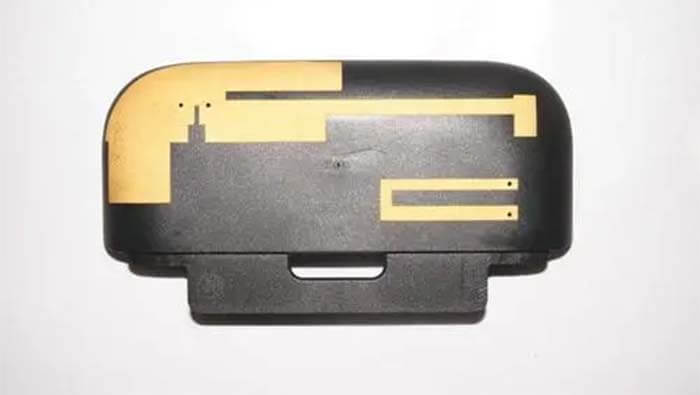
LDS antenna applies to the antenna with a unique appearance surface, which can flexibly use indoor antenna space.
For the antenna performance to complete more close to the physical limits of the natural environment.
Unique material provisions for the housing or support frame to which the antenna is attached.
The processing process is perfect, and according to the painting color, there is a certain failure rate in the whole process.
Metal sheet antenna
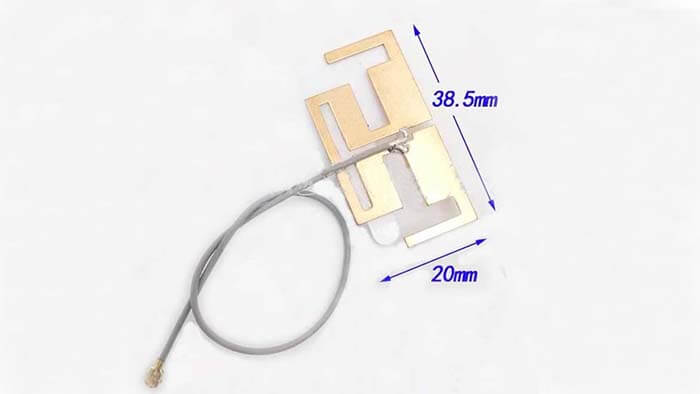
The metal sheet antenna has a high cost-performance ratio and reasonable cost control.
High compressive strength of commodities;
Not easily damaged;
Perfect and smooth processing technology, fast production cycle, good delivery in large quantity;
The use of antenna area and curved shape surface has certain limitations.
With strong technical advantages and engineering accumulation, C&T RF Antennas Inc designs a series of wireless products with high-gain internal/external antennas. Please contact us to get the latest catalog.
Besides this Internal Antenna VS. External Antenna article, you may also be interested in the below articles.
LTE Vs. 5G: Is 5G Better Than LTE?

